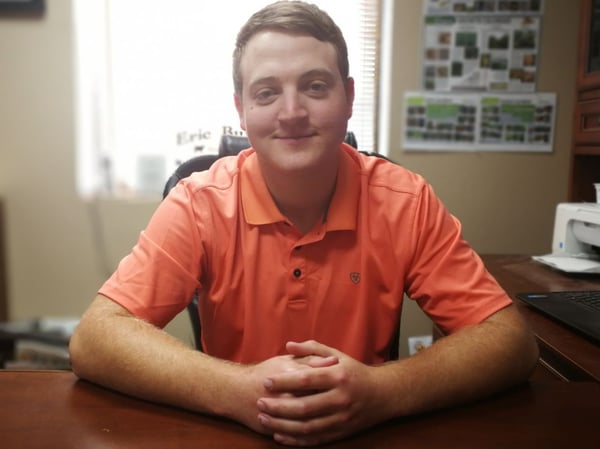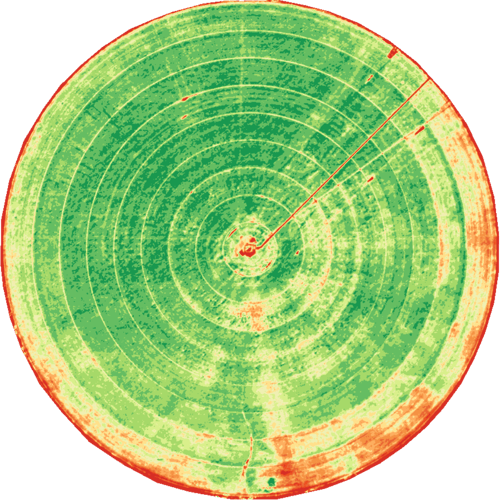Better Harvest, Inc. is a Texas-based consultancy service that helps its customer make more efficient use of fertilizer—so growers can maximize returns while protecting soil health.
Better Harvest’s operations manager Eric Burton had been approached by other aerial imagery companies in the past, but he wasn’t convinced the technology would integrate efficiently with existing business practices. He also had concerns about customer experience: before introducing imagery and analytics to valued clients, he wanted to be sure of the product’s data quality and ease of use.

However, Eric heard that Ceres Imaging had a reputation for being reliable and highly accurate. He decided to sign up and use aerial imagery as a way to attract new customers and differentiate Better Harvest’s services in a crowded market.
“Growers in this area have been burned by other imagery,” Eric says, “so it’s great to see Ceres Imaging stand out because of the timeliness, flexibility, and accuracy of their product.”
From guesswork to targeting
Among Better Harvest’s services is soil and fertility consulting for corn growers. As part of its Nitrogen Management Program, Better Harvest agronomists make nutrient recommendations for customers based off four in-season tissue samples.
In the past, the Better Harvest team chose their sampling locations based on prior experience and what they could see with the naked eye. Now, they use Ceres Imaging’s proprietary Chlorophyll Index to pinpoint the areas that will provide the most representative samples—and therefore the most effective prescriptions for their customers.

Better Harvest’s strategy of replacing random sampling with targeted sampling also affects recommendations derived from bare soil analyses conducted in the fall and winter. Soil zone maps created with tools from Ceres Imaging are helping the team provide better prescriptions for pre-season fertilizer applications.
Using Ceres Imaging is a selling point to help us provide the best possible service to our existing clients,” Eric says. “It helps differentiate us to get more customers.”
Expanding customer horizons
In Eric’s view, accurate and reliable aerial imagery has helped encourage Better Harvest’s customers to explore other precision agriculture products and services. “To me, Ceres Imaging is the missing link needed to get our customers more interested in precision practices,” he says. “We’re seeing more of our customers interested in using Ceres Imaging to create zone maps for variable rate applications and variable rate seeding. It’s a foot in the door for the whole world of precision agriculture with our customers.”
As a result of growing customer interest, Better Harvest sells Ceres Imaging as both a standalone service and as part of a precision agriculture package. Eric has been surprised to see the wide range of uses his growers are finding for their aerial imagery—and he foresees a future in which he’ll both sell Ceres Imaging products directly to clients and use the imagery himself to power his services offerings.
“We sell Ceres Imaging because it’s complementary to what we’re already doing,” Eric explains. “It doesn’t compete with what we’re selling—it goes hand in hand.”
